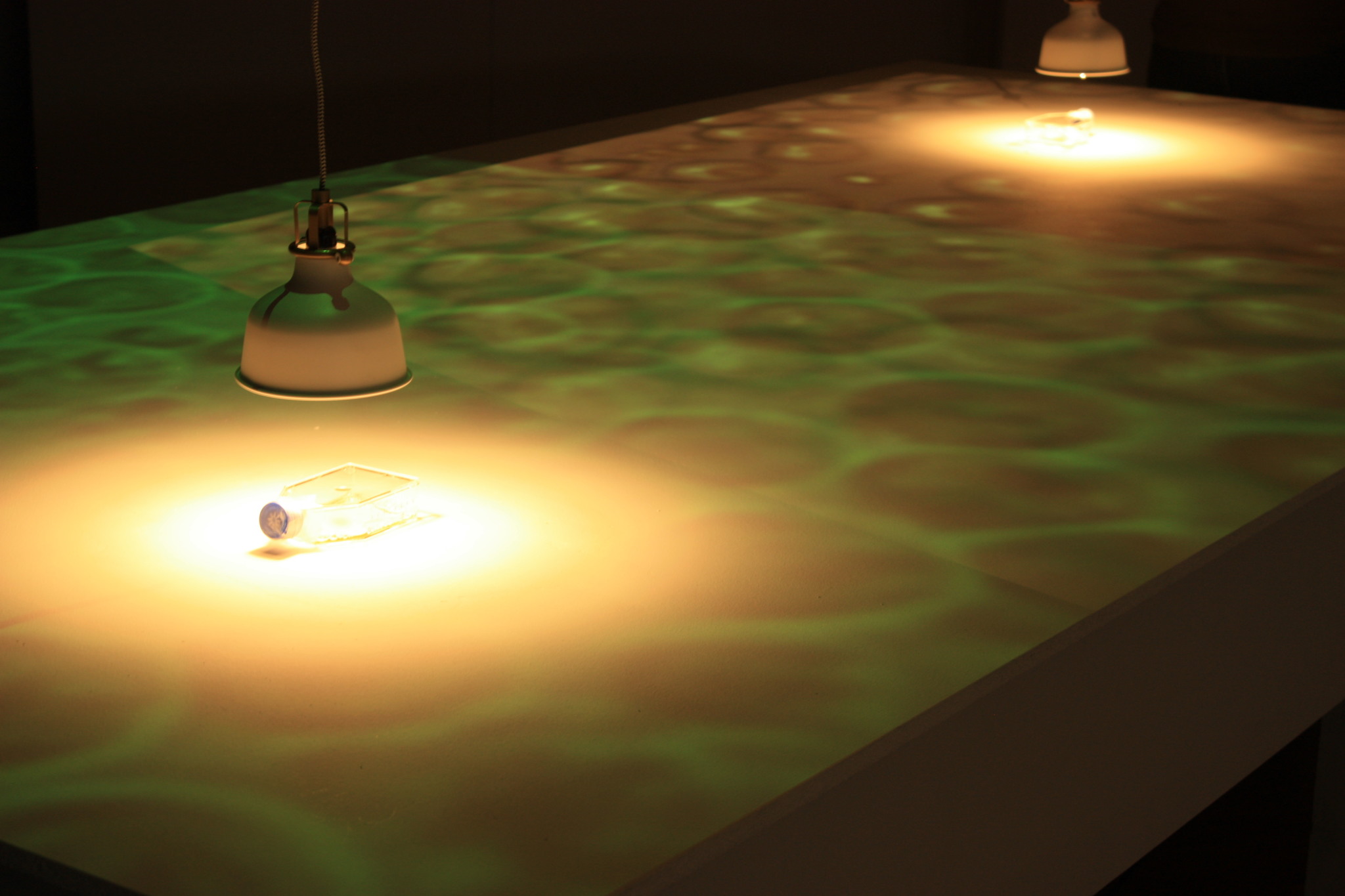After a long delay in finding a suitable Australian supplier for the immortalization kit, Jo-Maree identified an Australian supplier for the ABM SV40 Kit. I contacted them on Thurs (17/2) to see if they are able to supply the kit and provide technical support.
The good news is that the kit is available for purchase and shipping. However, I still need to check with the lab manager that lentiviral work is permissible in the lab I’m using at the moment. Once this is confirmed, I can move ahead with a quote.


